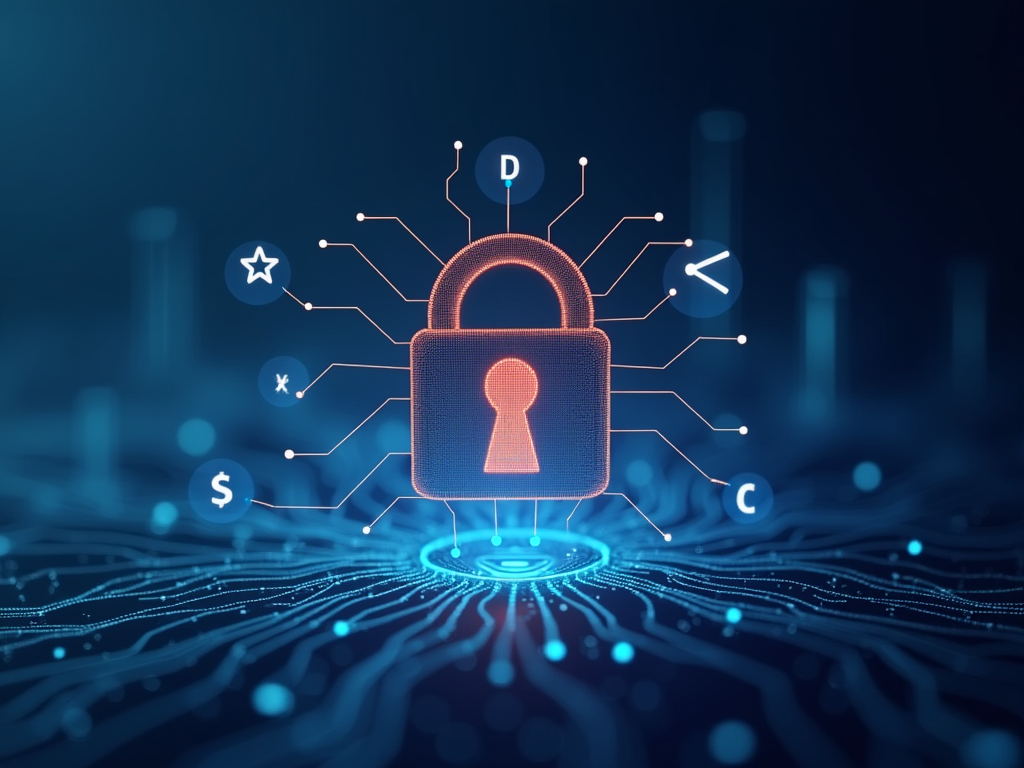Why Zero Trust Networks Are Essential in 2025
As the world becomes increasingly reliant on technology, cybersecurity threats continue to evolve and become more sophisticated. In response, the concept of zero trust networks (ZTN) has emerged as a vital component of modern network security. But what exactly is a ZTN, and why are they essential for organizations in 2025?
What is Zero Trust?
In traditional network security models, once a user or device gains access to a network, it’s assumed that they’re trusted until further notice. This approach relies on perimeter defenses, such as firewalls and intrusion detection systems, to protect the network from unauthorized access.
Zero trust networks take a fundamentally different approach. Trust is no longer given based on location or identity; instead, every device, user, and transaction is verified in real-time, regardless of its position within the network. This “never trust” mindset assumes that all devices and users are potential threats until they’ve been properly authenticated and authorized.
Why Are Zero Trust Networks Essential?
- Increased Complexity: As networks become more distributed and cloud-based, the attack surface expands, making it even more challenging to maintain traditional perimeter defenses.
- Advanced Persistent Threats (APTs): Modern cyberattacks are often designed to evade detection by sophisticated security systems. ZTNs’ real-time verification and authentication capabilities help detect and prevent APTs.
- BYOD and IoT: The proliferation of bring-your-own-device (BYOD) policies and the Internet of Things (IoT) has introduced a multitude of unmanaged devices onto networks, creating new attack vectors that ZTNs can help mitigate.
- Cloud Adoption: As organizations shift more workloads to the cloud, traditional network security models may struggle to keep up with the increased complexity and dynamic nature of these environments.
- Regulatory Compliance: In 2025, regulatory requirements will continue to emphasize the importance of robust cybersecurity practices. ZTNs can help organizations demonstrate compliance with regulations like GDPR, HIPAA, and PCI-DSS.
Key Benefits of Zero Trust Networks
- Improved Security Posture: ZTNs provide an additional layer of protection by verifying every device and user in real-time, reducing the attack surface and minimizing the risk of breaches.
- Enhanced Visibility and Control: ZTNs offer a centralized view of all network traffic, allowing for more effective monitoring, detection, and response to security incidents.
- Simplified Compliance: By implementing ZTNs, organizations can demonstrate compliance with regulatory requirements and minimize the risks associated with non-compliance.
- Increased Agility: ZTNs enable faster deployment of new applications, services, and devices, as well as more flexible network architectures.
Implementation Considerations
- Network Segmentation: Effective ZTN implementation requires careful segmentation of networks to limit the spread of potential threats.
- Policy Management: Establishing and enforcing policies for device and user authentication, authorization, and encryption is crucial.
- Integration with Existing Security Tools: ZTNs must be integrated with existing security solutions, such as intrusion detection systems and endpoint protection tools.
Conclusion
In 2025, zero trust networks will be an essential component of modern network security. By adopting a “never trust” approach to authentication and authorization, organizations can significantly reduce their attack surface, improve visibility and control, and demonstrate compliance with regulatory requirements. As the cybersecurity landscape continues to evolve, ZTNs will play a critical role in protecting organizations from the ever-present threat of cyber attacks.
References
- [1] Zero Trust Networks: A Guide to Implementing Zero Trust Security (PDF)
- [2] The Evolution of Network Security: From Perimeter Defense to Zero Trust
- [3] Why Zero Trust Networks Are Essential for Cloud Adoption
Happy reading!



